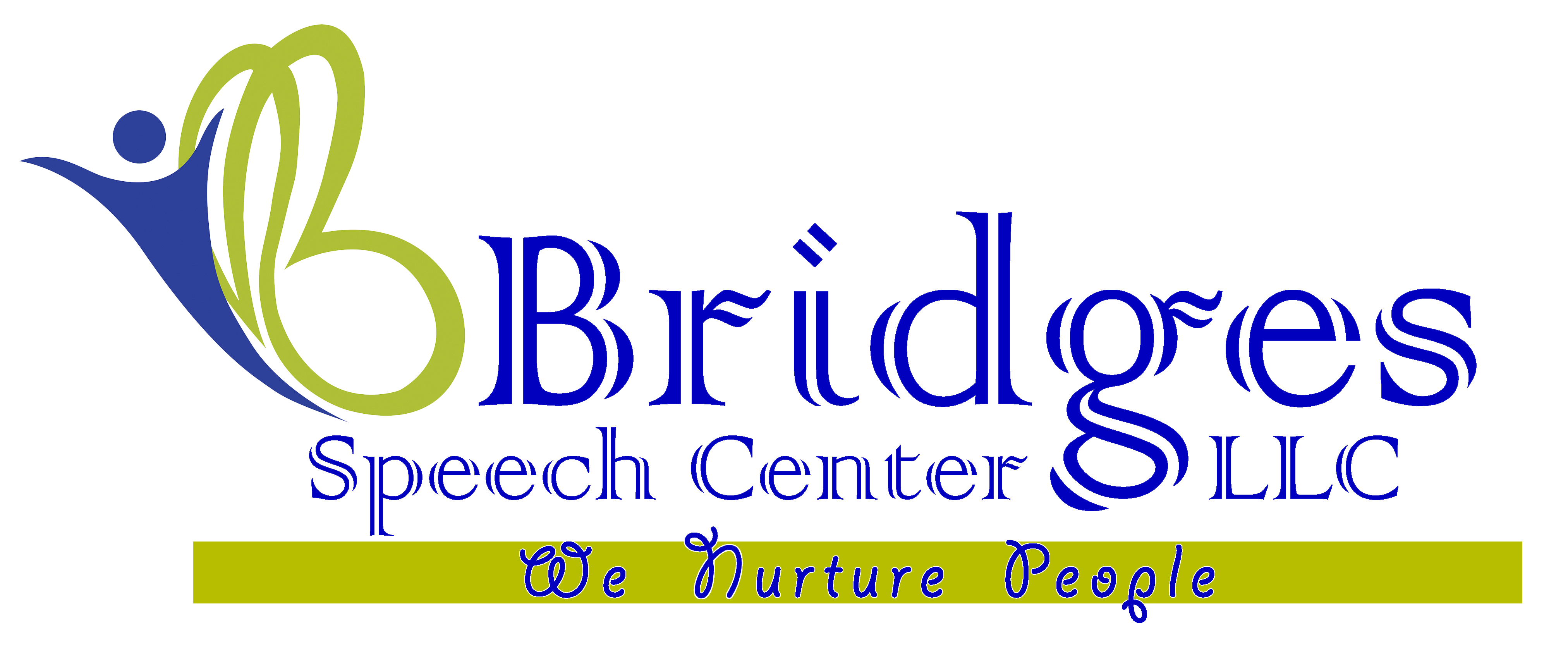
Every parent notices a quirky gait now and then, but when toe walking persists beyond the wobble-toddler phase it can raise big questions. At Speech Centre Dubai our therapists meet families daily who wonder whether their child’s habit of staying up on the balls of the feet is harmless curiosity or a sign that help is needed.
Bridges Speech Center has spent more than a decade guiding children and adults to stronger, safer movement patterns. At Bridges Speech Center we combine speech, occupational and physiotherapy under one roof so a single concern like toe walking is explored from every angle muscle strength, sensory processing, balance and language.
Research shows that up to 5 % of typically developing preschoolers demonstrate intermittent tip toe walking, yet only a fraction require medical intervention. When you schedule an evaluation through speech therapy Dubai, the team screens motor skills and communication together, because language delays often coexist with gait differences.
Early collaboration with occupational therapy specialists adds insight into sensory triggers, while our physiotherapy unit measures calf length and ankle range. If the child shows tactile defensiveness, a referral for sensory integration sessions is arranged in a later visit, whereas red flags such as delayed milestones or repetitive behaviors may lead parents to our autism pathway.
Table of Contents
ToggleUnderstanding Toe Walking
Defining the Pattern
Toe walking means walking with the heels elevated so that weight falls on the forefoot. Pediatricians consider it normal up to 24 months, but persistence after age three, especially daily or exclusively warrants assessment. You may notice your baby walking on toes during cruising and climbing yet shifting to a heel-to-toe pattern on flat ground; this usually resolves without therapy. In contrast, consistent toddler walking on toes or a toddler walking on toes sometimes with obvious tight calves suggests a mechanical or sensory driver.
Common Causes
Category | Typical Indicators | Example Labels |
Musculoskeletal | Short Achilles tendon, tight calf, rapid growth spurts | Idiopathic toe walking in children |
Neurological | Spasticity, weak dorsiflexors | cerebral palsy toe walking, muscular dystrophy |
Developmental | Sensory seeking, hyper-responsiveness | toe walking autism, ADHD |
Habitual | Resolved early, no medical cause | Intermittent tip toe walking |
A recent study found that 41 % of children referred for persistent toe walking also had speech-language concerns, underscoring the value of integrated care.
Red Flags and When to Seek Help
- Heel contact absent by 3 years
- Complaints of toe pain while walking or calf cramps
- Loss of balance when asked to walk backward or run
- Family history of neuromuscular disease
If any of these appear, book a screening immediately. Our clinicians can distinguish whether your child needs routine stretching or advanced neurology referral.
Assessment at Bridges
- Detailed birth and developmental history
- Video gait analysis on a pressure-sensitive walkway
- Range-of-motion testing of ankle and knee
- Sensory profile interview
- Speech-language screening to rule out global delays
Results guide an individualized care plan so you know how to stop toe walking safely.
Evidence-Based Treatment Options
Stretching and Strengthening
Daily toe walking exercises focus on elongated calf muscles and stronger anterior tibialis. Favorite drills include:
- Wall calf stretch: 30 seconds x 5 reps
- Seated theraband dorsiflexion: 2 sets of 15
- Monster walks with mini-band
Bracing and Casting
Serial casting worn for 2–3 weeks can lengthen a stubborn Achilles. When compliance is low, a removable ankle-foot orthosis may be prescribed. Physical gains are reinforced through toe walking physical therapy drills in clinics.
Sensory Integration Techniques
Children who enjoy fast vestibular input often rise to their toes subconsciously. Therapists use graded swings, weighted vests and textured paths to satisfy the sensory need without resorting to tip toe walking.
Behavioral Approaches
For toddlers with autism, Applied Behavior Analysis pairs verbal cues with heel-strike stickers on the floor. Within two weeks many families observe reduced toe walking autism episodes at home.
Surgical Release
Only 5–10 % of cases advance to gastrocnemius recession surgery, generally after conservative care fails by age eight.
Home Program: 10-Minute Routine
Keep sessions playful and short. Try this progression four times per week:
- Bear crawl across mat (30 seconds)
- Crab walk backward (30 seconds)
- Calf stretch on stair (10 reps each leg)
- Sidestep over small hurdles (2 rounds)
- Slow march focusing on heel contact (20 steps)
These toe walking physical therapy exercises replicate clinic tasks so progress doesn’t stall between appointments.
Adult Toe Walking: The Overlooked Group
Adults who never corrected idiopathic patterns may show progressive calf shortening, bunion formation and chronic toe pain while walking. Recent gait lab data reveal a 12 % increase in forefoot pressure in toe walking in adults compared with matched controls, raising injury risk. Fortunately, joint mobilization combined with night splints and dedicated toe walking physical therapy can still restore up to 10° of dorsiflexion within eight weeks.
Preventing Recurrence
- Continue passive stretching after growth spurts
- Wear supportive sneakers rather than flexible slippers
- Schedule yearly check-ups if prematurity or cerebral palsy history exists
- Encourage barefoot sand walking to stimulate heel proprioception
Take the Next Step
If your child still prefers the balls of the feet after multiple reminders, it’s time for a comprehensive screening. The multidisciplinary team at Bridges Speech Center blends speech, OT and physiotherapy expertise to deliver a one-stop solution for toe walking and its underlying causes. Book an evaluation and watch those heels finally touch the ground with confidence.
Frequently Asked Questions
Is toe walking always a sign of autism?
No, while toe walking autism is common, many children toe walk for other reasons like tight muscles or sensory preferences.
Can physiotherapy fix cerebral palsy toe walking?
Regular stretching, bracing and strength work can reduce cerebral palsy toe walking but some children may still need surgery.
Will my toddler grow out of tip toe walking?
Occasional toddler walking on toes sometimes often resolves by age three, but daily toe walking past that age needs assessment.
Do toe walking exercises hurt?
Gentle calf stretches should not cause pain; stop if your child complains of strong toe pain while walking and consult a therapist.
How long does toe walking physical therapy take?
Most idiopathic cases improve within three to six months of consistent clinic and home exercise.


